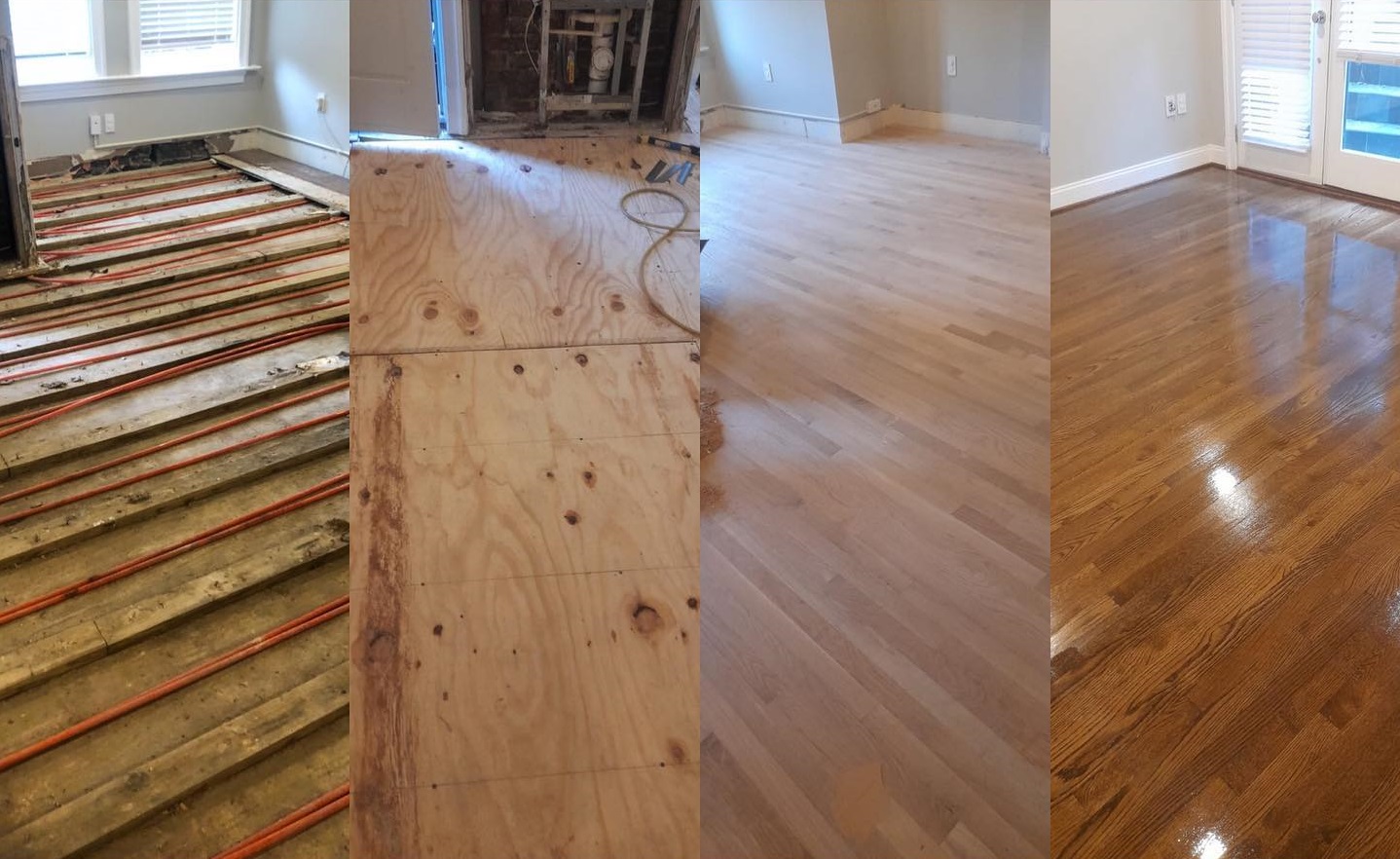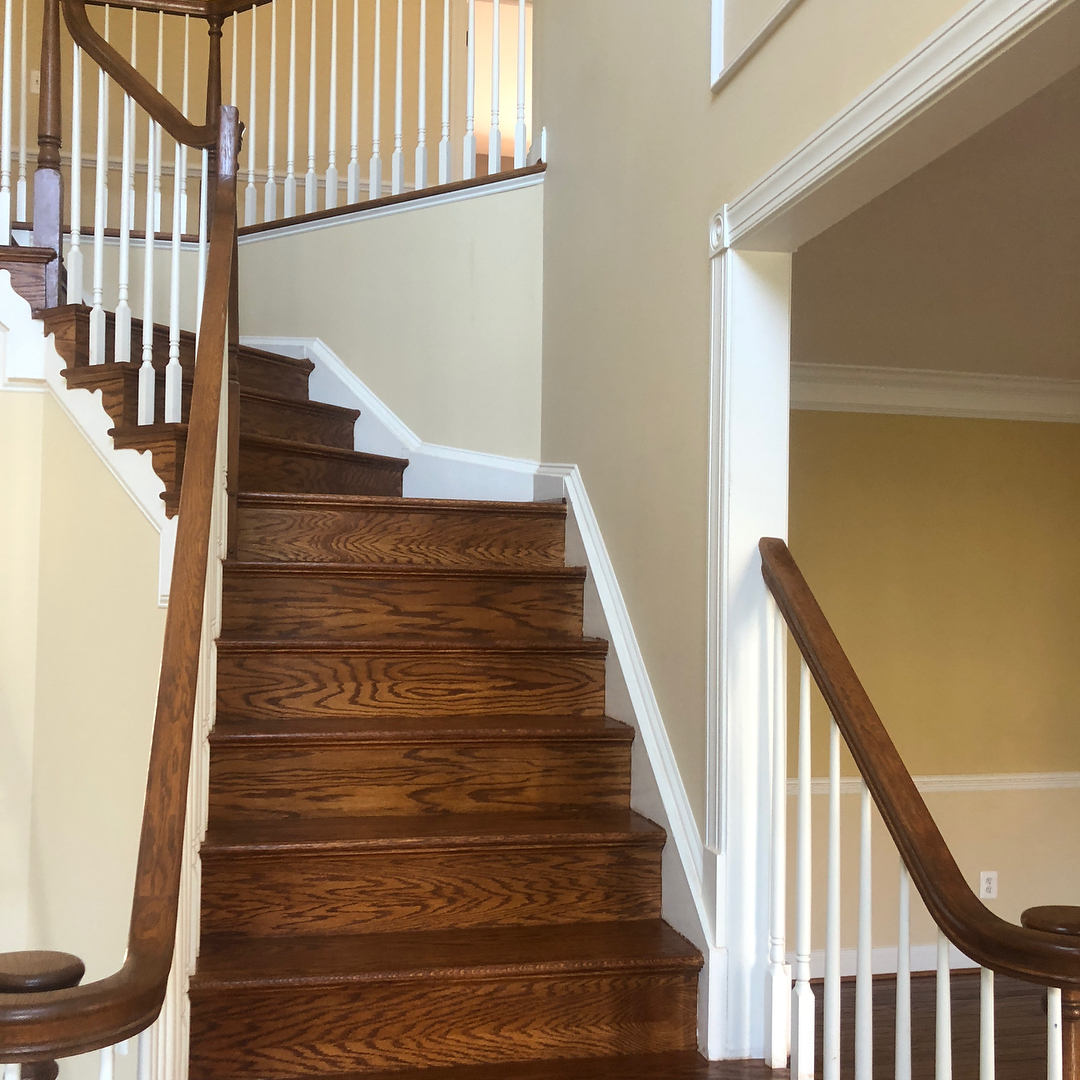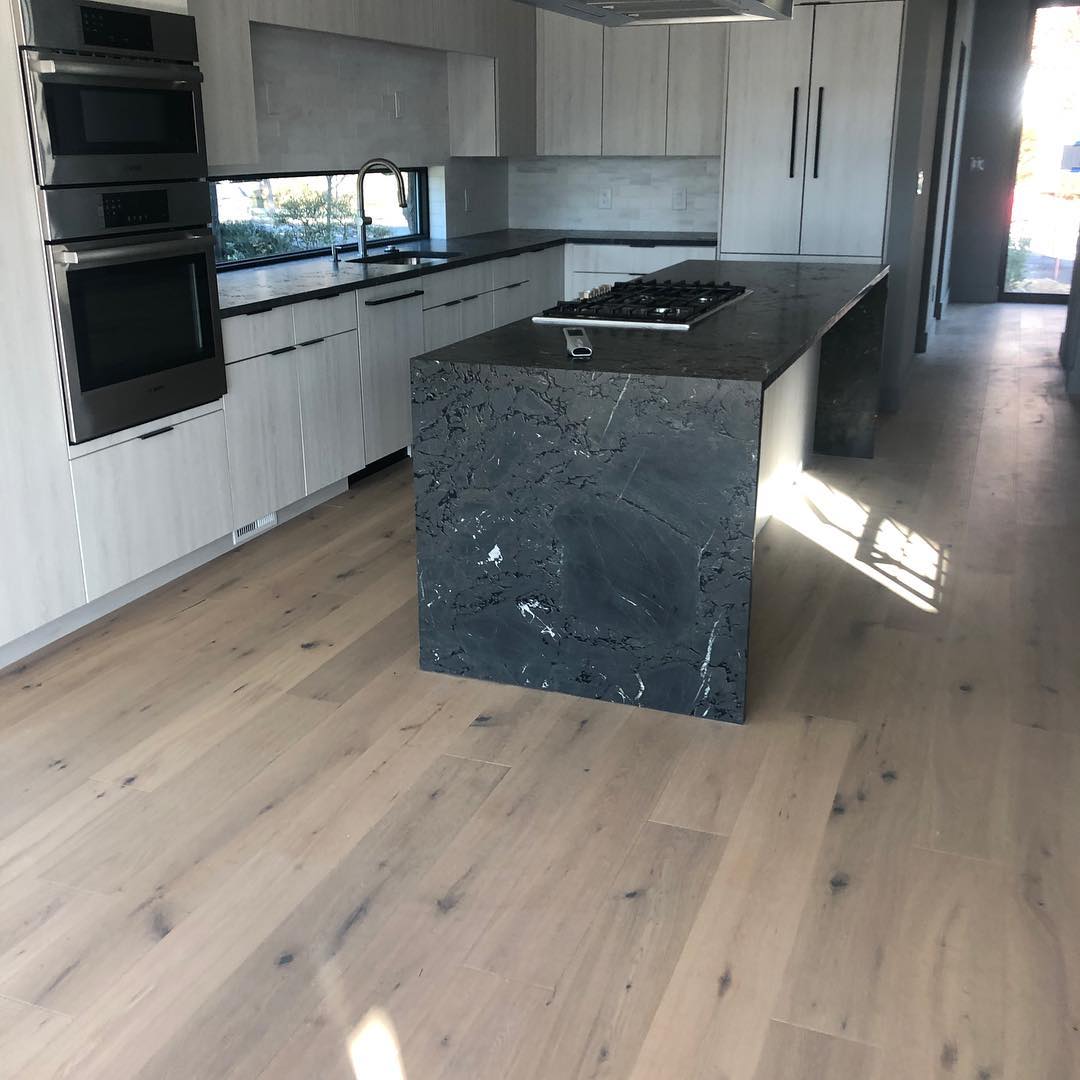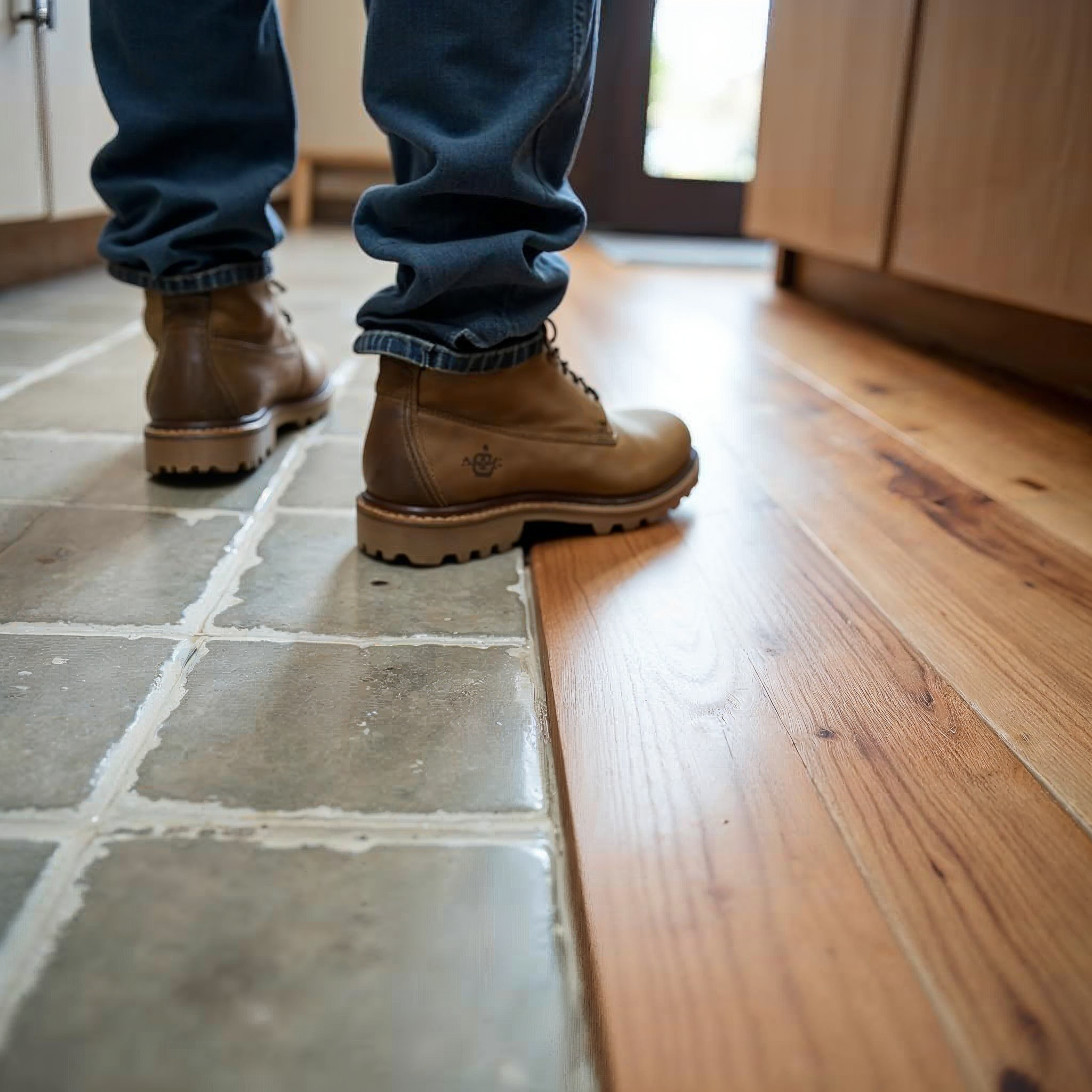Hardwood Floor Restoration: Bringing Your Old Floors Back to Life
Transforming Your Space: Expert Tips for Restoring Old Hardwood Floors
Restoring the charm of old hardwood floors can transform your home into a timeless haven of beauty and elegance. These classic floors, often hidden beneath layers of dust and wear, hold stories waiting to be uncovered with the right touch. As a trusted advisor in hardwood floor restoration, I’m here to guide you through the process of bringing these floors back to life with expert tips and insights. Whether you’re a homeowner eager to restore hardwood floors to their original luster or a property manager seeking effective hardwood floor repair solutions, this guide will provide you with the knowledge and confidence to embark on your restoration journey. Together, let’s explore the transformative power of hardwood floor maintenance and repair, ensuring your floors reflect the warmth and character your home deserves.
Understanding Hardwood Floor Restoration
Hardwood floor restoration is a transformative process that breathes new life into old, worn-out floors. Let’s explore what it entails, why it’s beneficial, and the advantages it brings to your home.
What is Hardwood Floor Restoration?
Hardwood floor restoration is the process of revitalizing and repairing old hardwood floors to bring back their original beauty and functionality. This comprehensive approach goes beyond simple refinishing, addressing deeper issues within the wood.
The restoration process typically involves several steps, including:
Thorough cleaning and inspection
Repairing damaged boards or sections
Sanding to remove old finishes and imperfections
Staining (if desired) to enhance or change the wood’s color
Applying a protective finish to seal and protect the wood
By tackling these elements, hardwood floor restoration can dramatically improve the appearance and longevity of your floors, making them look as good as new.
Why Restore Hardwood Floors?
Restoring hardwood floors is a smart investment for both aesthetic and practical reasons. Old hardwood floors often hide a wealth of character and charm beneath years of wear and tear.
By choosing restoration over replacement, you can:
Preserve the historical value of your home
Save money compared to installing new flooring
Reduce environmental impact by reusing existing materials
Increase your property’s value
Moreover, restoration allows you to address underlying issues that may be affecting your floor’s performance, such as squeaks, gaps, or unevenness.
Benefits of Restoring Old Hardwood Floors

Restoring old hardwood floors offers numerous advantages that go beyond mere aesthetics. Let’s explore some key benefits:
Enhanced Beauty: Restoration reveals the natural grain and character of the wood, creating a warm and inviting atmosphere in your home.
Improved Durability: A properly restored floor is more resistant to wear, scratches, and stains, extending its lifespan significantly.
Better Indoor Air Quality: Removing old finishes and applying new, low-VOC products can contribute to healthier indoor air.
Customization Options: Restoration allows you to choose new stains or finishes that match your current décor or desired style.
Cost-Effective: Compared to replacement, restoration is often more affordable while still providing excellent results.
Assessing Your Hardwood Floors
Before diving into restoration, it’s crucial to evaluate the current state of your floors. This assessment will help determine the scope of work needed and whether professional help is required.
Identifying the Condition of Old Hardwood Floors
Assessing the condition of old hardwood floors requires a keen eye and attention to detail. Start by thoroughly inspecting the entire floor surface, paying close attention to high-traffic areas and corners.
Look for these common signs of wear and damage:
Deep scratches or gouges
Discoloration or fading
Cupping or crowning of boards
Gaps between planks
Loose or squeaky boards
Additionally, check for signs of water damage, such as dark stains or warping. These issues may indicate more severe problems that require immediate attention.
Take note of the overall finish condition. If it appears dull, worn, or patchy, it’s a clear sign that refinishing is needed.
Common Issues in Hardwood Floor Repair
When restoring old hardwood floors, you’re likely to encounter several common issues that require attention. Understanding these problems can help you prepare for the restoration process.
Some frequent hardwood floor repair challenges include:
Water Damage: This can cause warping, cupping, or buckling of the wood. Severe cases may require board replacement.
Gaps Between Boards: Seasonal changes or improper installation can lead to gaps. These may need filling or, in extreme cases, board replacement.
Scratches and Dents: Surface-level damage can often be addressed through sanding and refinishing.
Squeaky Floors: This is usually due to loose boards or subfloor issues and may require targeted repairs.
Stains and Discoloration: Deep stains might need aggressive sanding or bleaching, while some discoloration can be addressed with proper refinishing.
Deciding Between DIY and Professional Help
Choosing between a DIY approach and hiring professionals for hardwood floor restoration depends on several factors. Consider the following when making your decision:
DIY Restoration:
Suitable for minor repairs and surface-level refinishing
Can be cost-effective if you have the right tools and skills
Allows for complete control over the process
Requires significant time investment and physical effort
Professional Restoration:
Recommended for extensive damage or structural issues
Ensures high-quality results with professional-grade equipment
Saves time and potential frustration
Offers expertise in dealing with unexpected challenges
Ultimately, the choice depends on the condition of your floors, your skill level, available time, and budget. For complex restorations or valuable antique floors, professional help is often the safest choice.
Steps to Restore Hardwood Floors
Restoring hardwood floors is a multi-step process that requires careful planning and execution. Whether you’re tackling the project yourself or hiring professionals, understanding these steps is crucial for a successful restoration.
Preparing for Hardwood Floor Restoration
Proper preparation is key to achieving excellent results in hardwood floor restoration. This phase sets the stage for the entire process and helps ensure a smooth, efficient restoration.
Start by clearing the room completely, removing all furniture, rugs, and decorations. This provides unobstructed access to the entire floor surface.
Next, thoroughly clean the floor to remove dust, dirt, and debris. Use a vacuum and damp mop, but avoid excessive water that could damage the wood.
Inspect the floor closely for any protruding nails, staples, or other hazards. These should be removed or secured to prevent damage to sanding equipment.
Finally, seal off the work area to contain dust. Cover doorways, vents, and any openings with plastic sheeting to protect the rest of your home from debris.
Essential Tools for Hardwood Floor Repair
Having the right tools is crucial for effective hardwood floor repair and restoration. Whether you’re a DIY enthusiast or a professional, these tools will help you achieve the best results:
Sander: A drum sander for large areas and an edger for corners and edges
Vacuum: To remove dust and debris during and after sanding
Tack cloth: For wiping down the floor between sanding stages
Putty knife and wood filler: To repair small cracks and holes
Stain applicator: Brush, cloth, or sprayer for even stain application
Finish applicator: Brush or roller for applying the protective finish
For more specialized repairs, you might need:
Pry bar for removing damaged boards
Circular saw for cutting replacement boards
Moisture meter to check wood humidity levels
Remember, proper safety equipment like dust masks, eye protection, and ear protection is essential when working with power tools and chemicals.
Step-by-Step Restoration Process

Restoring hardwood floors involves a series of carefully executed steps. Here’s a general overview of the process:
Sanding: Start with coarse-grit sandpaper to remove old finish and level the floor. Progressively move to finer grits for a smooth surface.
Cleaning: Thoroughly vacuum and tack the floor to remove all dust between sanding stages.
Repairs: Fill cracks, holes, and gaps with wood filler. Replace severely damaged boards if necessary.
Final Sanding: Use ultra-fine grit for a perfectly smooth finish.
Staining (optional): Apply wood stain evenly if you want to change or enhance the wood color.
Finishing: Apply several coats of protective finish, sanding lightly between coats for the best adhesion and smoothness.
Remember, each step requires attention to detail and patience. Rushing through the process can lead to subpar results and potentially damage your floors.
Maintaining Restored Hardwood Floors
After investing time and effort in restoring your hardwood floors, proper maintenance is crucial to preserve their beauty and extend their lifespan. Regular care and timely professional interventions can keep your floors looking great for years to come.
Regular Hardwood Floor Maintenance Tips
Maintaining restored hardwood floors doesn’t have to be complicated. With a few simple habits, you can keep your floors in excellent condition:
Daily Cleaning: Sweep or vacuum regularly to remove dirt and debris that can scratch the floor surface.
Weekly Mopping: Use a slightly damp mop with a cleaner specifically designed for hardwood floors. Avoid excess water, which can damage the wood.
Protect from Scratches: Use felt pads under furniture legs and avoid walking on floors with high heels or cleats.
Control Humidity: Maintain indoor humidity levels between 35-55% to prevent wood from expanding or contracting.
Address Spills Immediately: Wipe up any liquids promptly to prevent water damage or staining.
By incorporating these practices into your routine, you can significantly extend the life and beauty of your restored hardwood floors.
Products for Long-Lasting Results
Choosing the right products is essential for maintaining the beauty and integrity of your restored hardwood floors. Here are some recommended items:
Cleaners: Use pH-neutral, hardwood-specific cleaners to avoid damaging the finish.
Mops: Microfiber mops are gentle and effective for daily cleaning.
Protective Pads: Felt pads under furniture legs prevent scratches and dents.
Humidifiers/Dehumidifiers: These help maintain optimal humidity levels.
Touch-up Kits: For minor scratches or dings, keep a matching touch-up kit on hand.
Avoid using harsh chemicals, steam mops, or oil-based products, as these can damage the floor’s finish or the wood itself.
Always test new products on a small, inconspicuous area before applying them to the entire floor.
When to Call in the Experts
While regular maintenance can be handled by homeowners, there are times when professional intervention is necessary:
Deep Cleaning: Annual professional deep cleaning can remove stubborn dirt and rejuvenate the floor’s appearance.
Recoating: Every 3-5 years, depending on wear, a new coat of finish can refresh the floor without full sanding.
Addressing Water Damage: If you notice cupping, crowning, or discoloration from moisture, call a professional immediately.
Structural Issues: Squeaks, sagging, or uneven areas may indicate problems with the subfloor that require expert attention.
Extensive Wear: When regular maintenance no longer restores the floor’s luster, it may be time for professional refinishing.
Remember, early intervention by professionals can often prevent more costly repairs down the line.
Enhancing Your Space with Restored Floors
Restored hardwood floors can dramatically transform your living space, adding warmth, character, and value to your home. Let’s explore how to make the most of your newly restored floors and hear from homeowners who’ve experienced the benefits firsthand.
Creating a Design with Restored Floors
Restored hardwood floors provide a beautiful foundation for various interior design styles. Here are some tips to enhance your space:
Complement with Furniture: Choose furniture that complements the wood tone. Light woods pair well with cool colors, while darker woods suit warmer hues.
Area Rugs: Use area rugs to define spaces and add comfort, but ensure they don’t cover the entire floor.
Lighting: Proper lighting can highlight the wood’s natural beauty. Consider both natural and artificial light sources.
Wall Colors: Select wall colors that contrast or complement your floor color to create a cohesive look.
Remember, your restored floors are a timeless element that can adapt to changing design trends over the years.
Testimonials from Happy Homeowners
“Restoring our 100-year-old oak floors was the best decision we made for our home renovation. The process revealed beautiful grain patterns we didn’t know existed, and now our home feels so much warmer and more inviting.” – Sarah T., Homeowner
“We were considering replacing our old floors, but decided to restore them instead. Not only did we save money, but we preserved a piece of our home’s history. The compliments we receive are endless!” – Mark and Lisa R., Homeowners
These testimonials highlight the transformative power of hardwood floor restoration, both in terms of aesthetics and home value.
Final Thoughts and Next Steps
Restoring old hardwood floors is a rewarding process that can breathe new life into your home. Here are some key takeaways:
Restoration preserves the character and value of your home
Proper assessment is crucial before starting the restoration process
Regular maintenance is key to keeping restored floors beautiful
Professional help can ensure the best results, especially for complex projects
If you’re considering restoring your hardwood floors, start by assessing their condition and consulting with a professional. With the right approach, you can unveil the hidden beauty beneath your feet and create a stunning foundation for your home’s interior design.
Fill out the form below and an AG Construction representative will contact you soon.
Contact Us Today


Whether you own a home or business, we’re your single source for complete flooring installation services! Our comprehensive services include:
- Hardwood staining, sanding, refinishing, restoration, and more!
- Carpet removal and installation
- Vinyl luxury plank replacement and installation
- Vinyl tile and COREtec installation
- And more!




